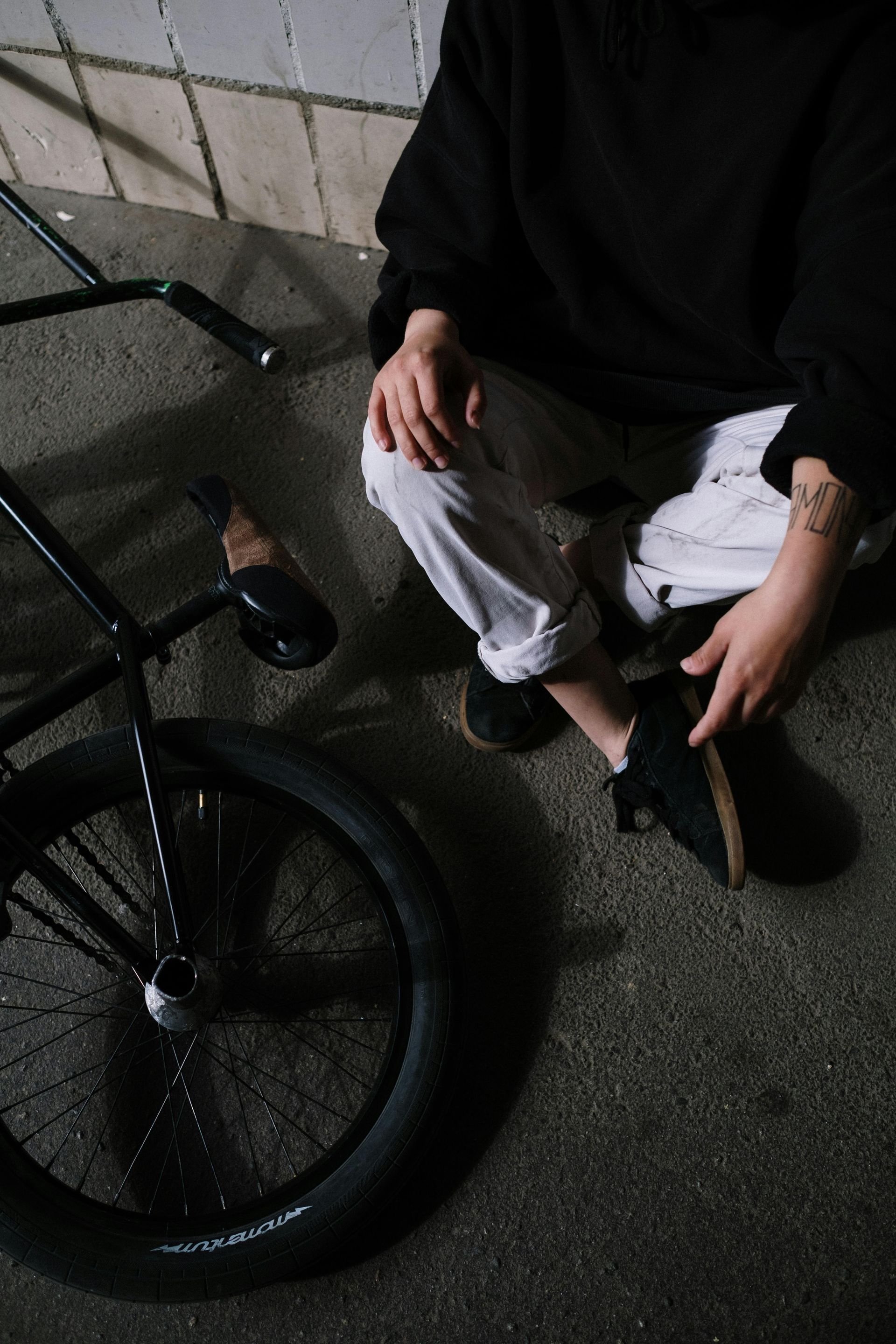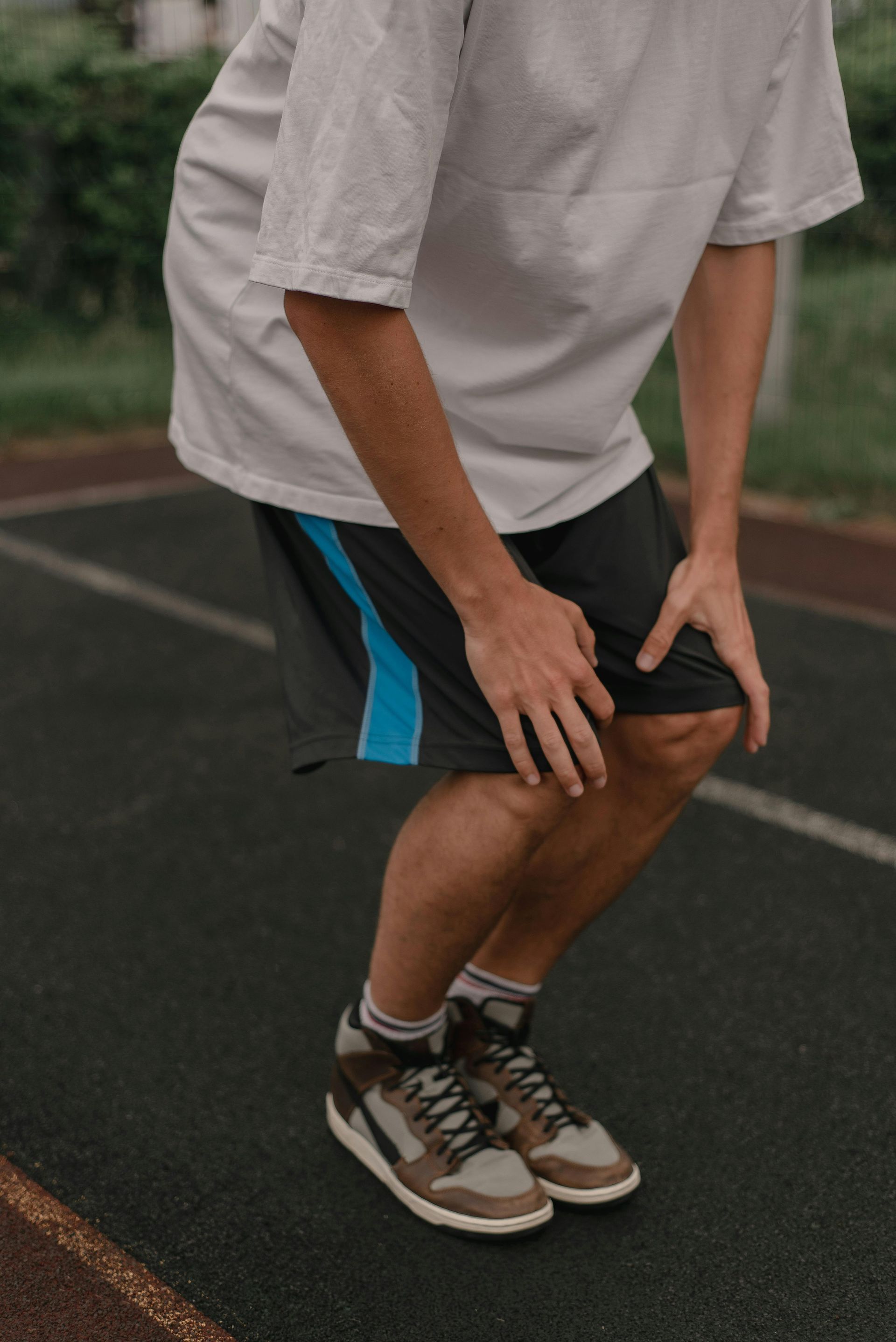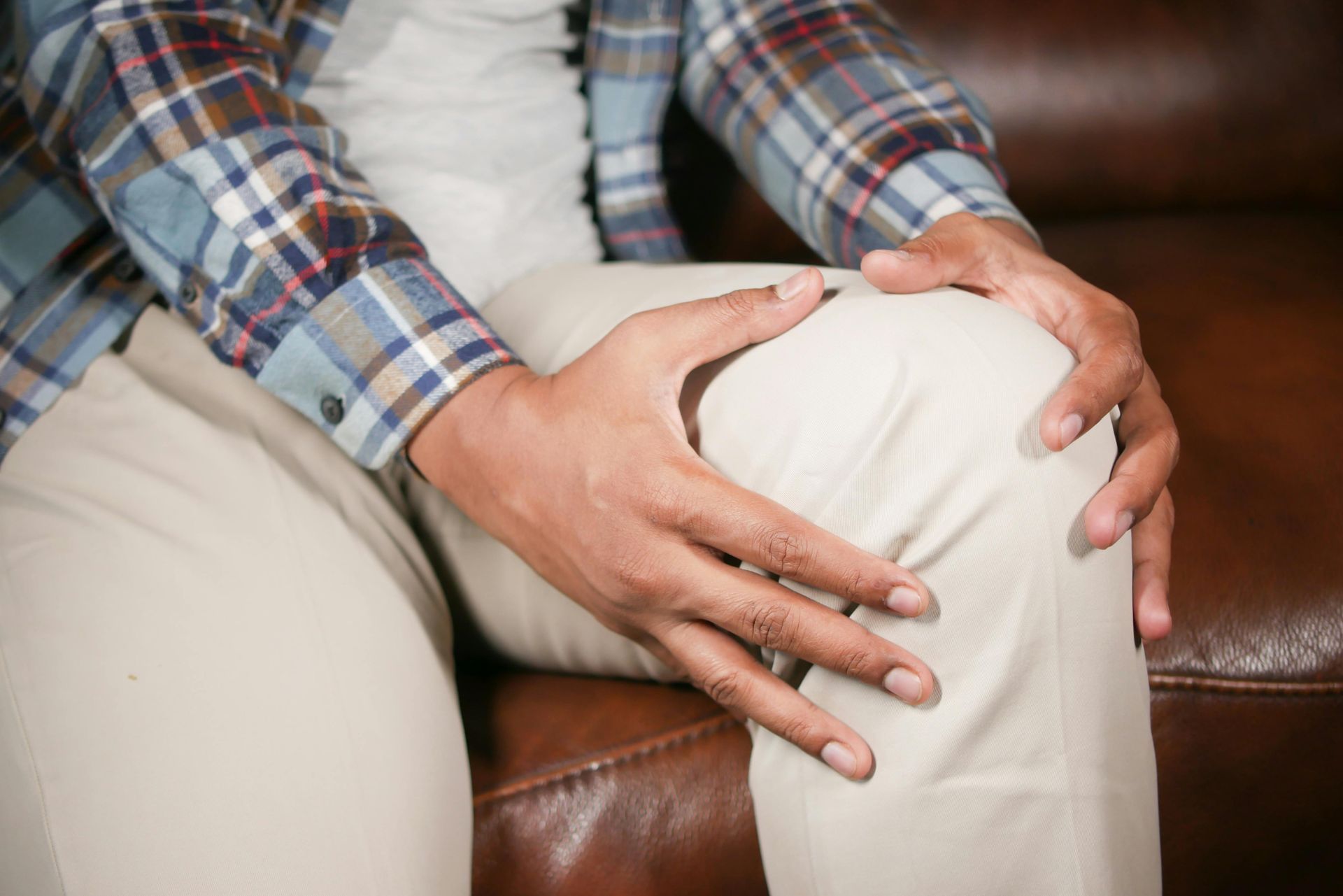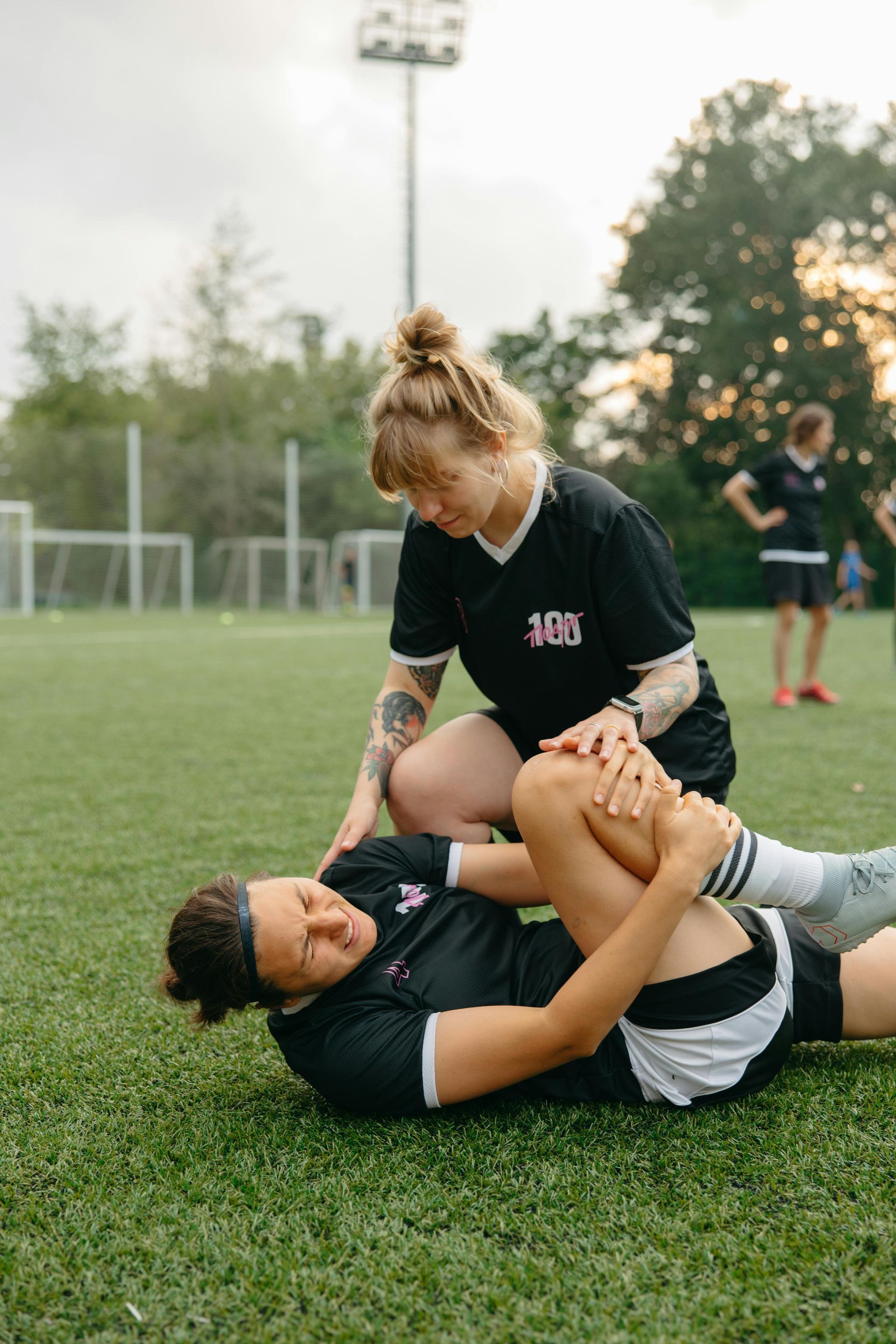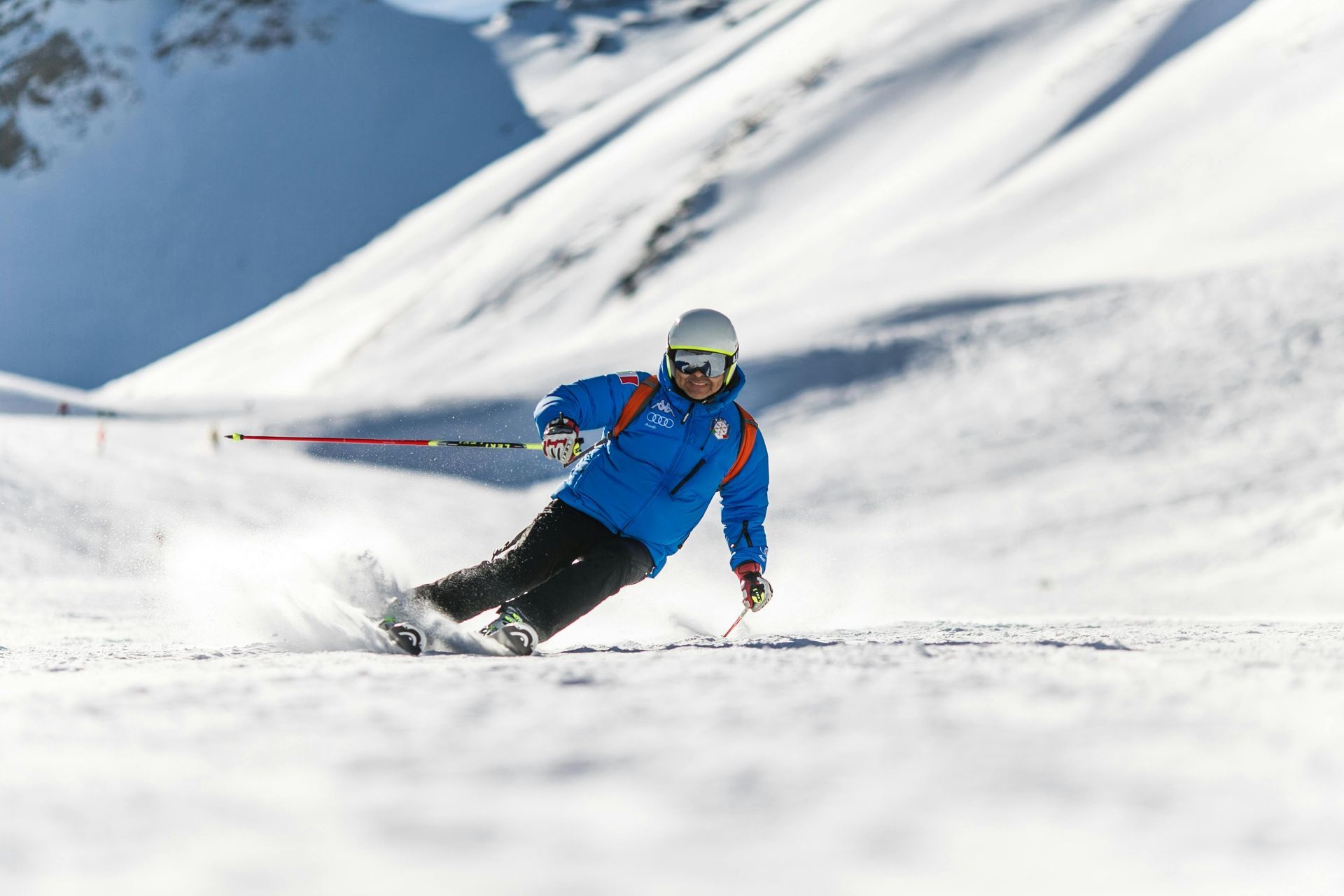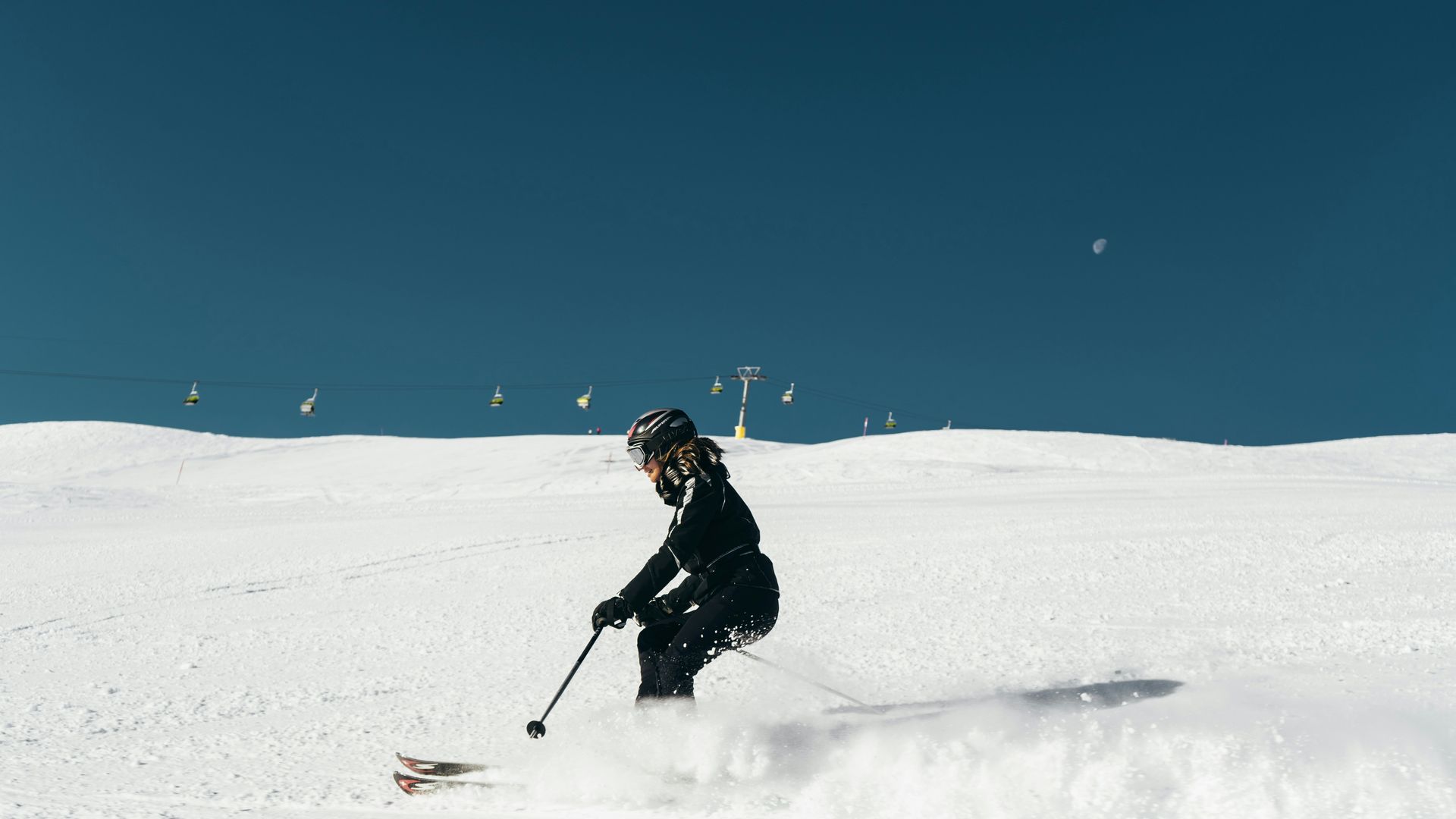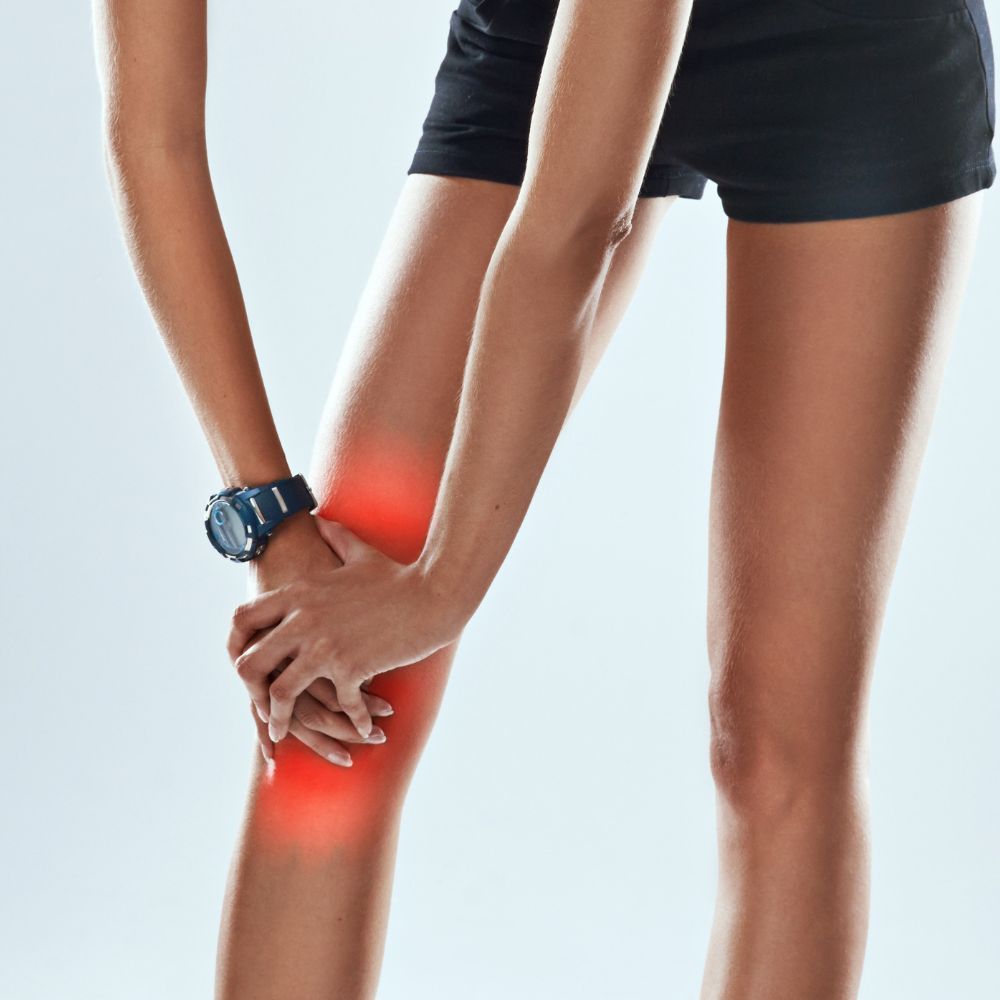How To Prevent Jumper's Knee While Skiing
Skiing is an exhilarating sport that demands agility, strength, and endurance. However, for those suffering from Jumper's Knee, also known as patellar tendinopathy, skiing can present unique challenges. This condition, characterised by pain and inflammation in the patellar tendon, often affects athletes who engage in repetitive jumping and high-impact activities.
If not managed properly, Jumper's Knee can hinder performance and lead to long-term issues. Here’s how skiers can effectively deal with Jumper’s Knee while hitting the slopes.
Understanding Jumper’s Knee
Jumper’s Knee occurs due to overuse and repetitive stress on the patellar tendon, which connects the kneecap to the shinbone. This stress can cause micro tears, leading to pain, swelling, and reduced mobility. Skiing, with its constant knee flexion, sudden jumps, and landings, can exacerbate this condition, making it crucial to take preventive and management measures.
Prevention Strategies
- Strength Training – Building strong quadriceps, hamstrings, and glutes can help reduce the strain on the patellar tendon. Exercises like squats, leg presses, and step-ups can provide support to the knee.
- Proper Warm-up and Stretching – Before hitting the slopes, engage in dynamic stretching and warm-up exercises such as leg swings, lunges, and knee bends to increase blood flow and flexibility.
- Using Proper Ski Gear – Investing in well-fitted ski boots and knee braces can provide additional support and reduce strain on the knees.
- Maintaining Good Technique – Avoid excessive strain on the knees by keeping a proper skiing posture, with knees slightly bent and body weight evenly distributed.
- Gradual Progression – If you are recovering from Jumper’s Knee, gradually increase your skiing intensity rather than jumping into aggressive slopes immediately.
If the pain persists despite taking preventive measures and modifying your skiing routine, seek support from a professional and stop skiing. Persistent or severe pain might indicate a more serious injury requiring advanced treatments such as physical therapy, injections, or, in rare cases, surgery.
Skiing with Jumper’s Knee is possible with proper management and precautions. By strengthening the surrounding muscles, using the right equipment, and listening to your body, you can continue to enjoy the slopes while minimising discomfort and preventing further injury.
While skiing with jumper's knee is possible under the right conditions, it's still not generally recommended and seeking support for knee pain is always the preferred route. If symptoms persist, professional medical advice is essential to ensure a safe and enjoyable skiing experience.
We are available for knee consultations if you feel you need to address your knee pain or concerns. It may be that a simple lifestyle change will make all the difference but you can't know if you keep it hidden. The longer the pain goes unchecked, the more serious it can become.




